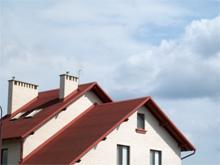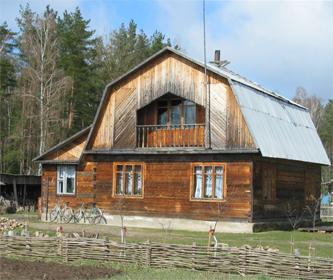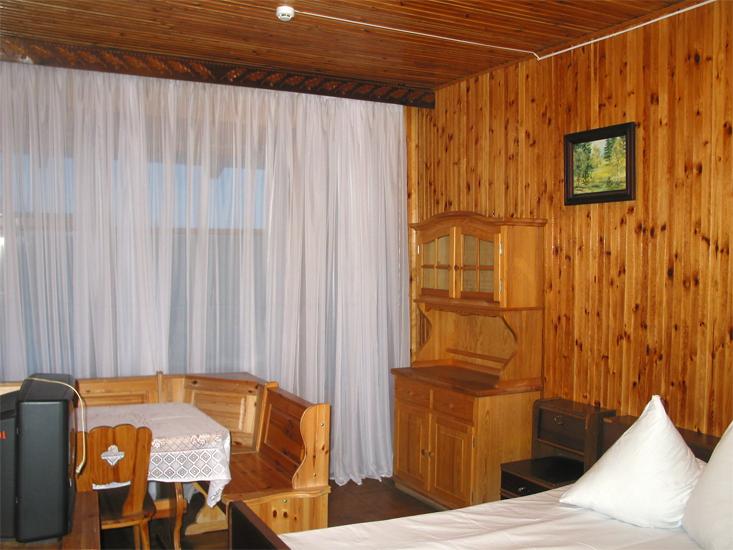Why wooden houses are attractive and how to choose the right option for private construction.
Construction of Wooden Houses
 In the Brest Region, individual construction accounts for 50% of the total housing being erected. Most often, this refers to building a cottage.
In the Brest Region, individual construction accounts for 50% of the total housing being erected. Most often, this refers to building a cottage.
The classic definition of a cottage is a simple one-story (or one-and-a-half-story — the second floor is provided only as an attic) house of small living area for one family (permanently or temporarily) with a garden plot. It is built outside the city, but may also be erected within the city limits. The widely popular cottages along the Novorizhskoye Highway serve as an excellent example of this.
The word "cottage" came from England, where it originally denoted the dwelling of a tenant peasant — a "cotter" — with a barn and a garden plot.
In the last years of the Soviet Union, plots of land for country construction began to be allocated to the population. The buildings erected on them began to be called cottages. Moreover, this name thoughtlessly began to be applied to all kinds of buildings — from castle-like houses to small dachas. A private house — a cottage. A country house — a cottage. A dacha — a cottage. An estate — a cottage.
Country cottages are mainly built from materials such as concrete, brick, and wood.

 Building wooden houses is one of the rapidly developing directions. Log houses made of pine and spruce (as a rule coniferous species are used, since deciduous species are usually not durable. An exception is oak, but as sawn timber it is very expensive and is most often used in finishing work.) and wooden frame houses made from profiled timber are economical, comfortable, and environmentally friendly.
Building wooden houses is one of the rapidly developing directions. Log houses made of pine and spruce (as a rule coniferous species are used, since deciduous species are usually not durable. An exception is oak, but as sawn timber it is very expensive and is most often used in finishing work.) and wooden frame houses made from profiled timber are economical, comfortable, and environmentally friendly.
Building a wooden house is fast and cost-effective. Thanks to modern house-building technologies and new construction materials, a wooden house can look both like a traditional log house and like a modern comfortable cottage. The walls of a wooden cottage retain heat longer in winter and coolness in summer, since the thermal insulation properties of a log wall exceed those of brick or concrete walls by 2–3 times.
But if we look closely, we will see that preference is given to brick and concrete houses. Wooden structures are used for tourist cottages and agritourism farmsteads. All this is due to the fact that many believe a brick house is more reliable and better than a wooden one, although a modern wooden house is in no way inferior to brick or concrete ones.
